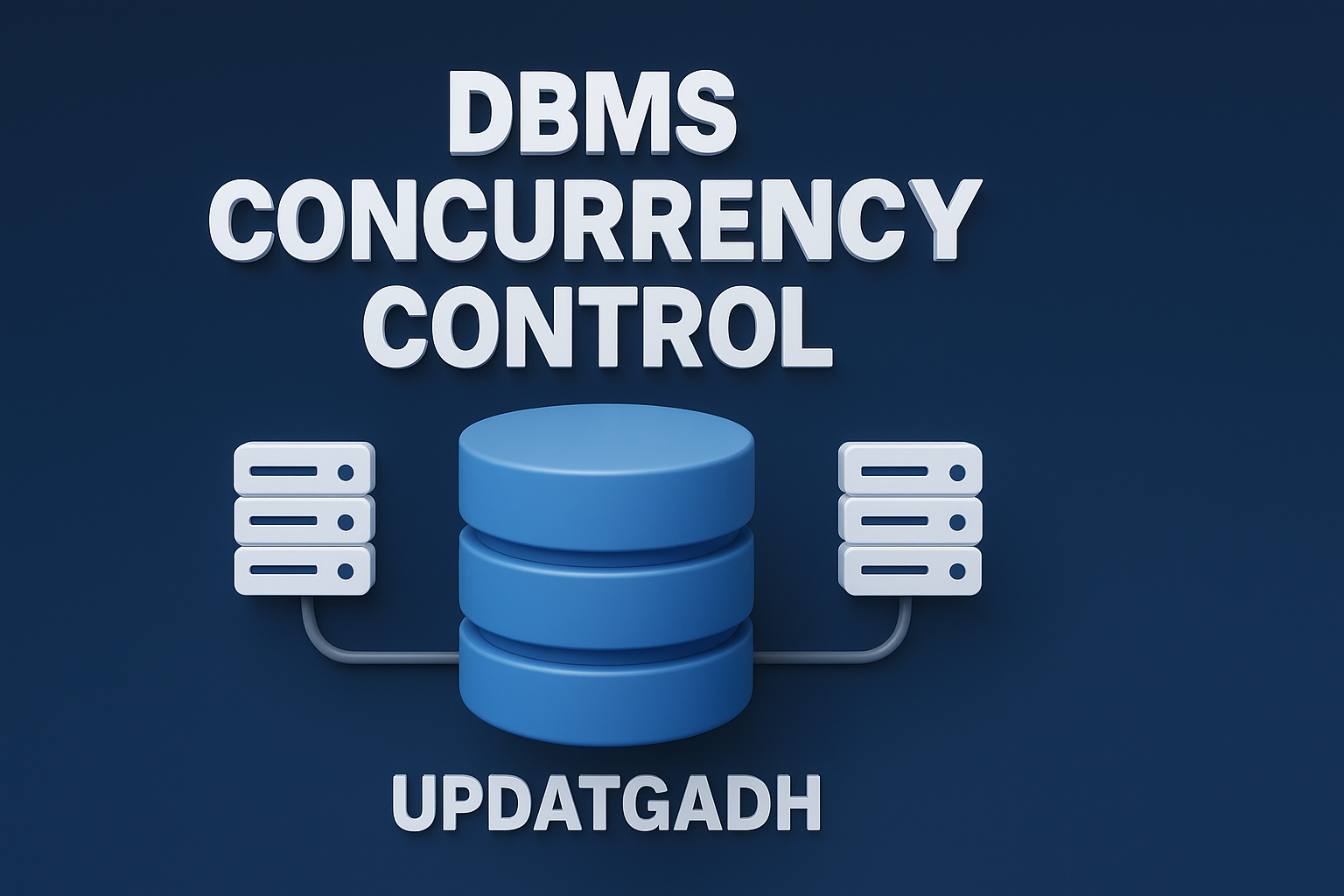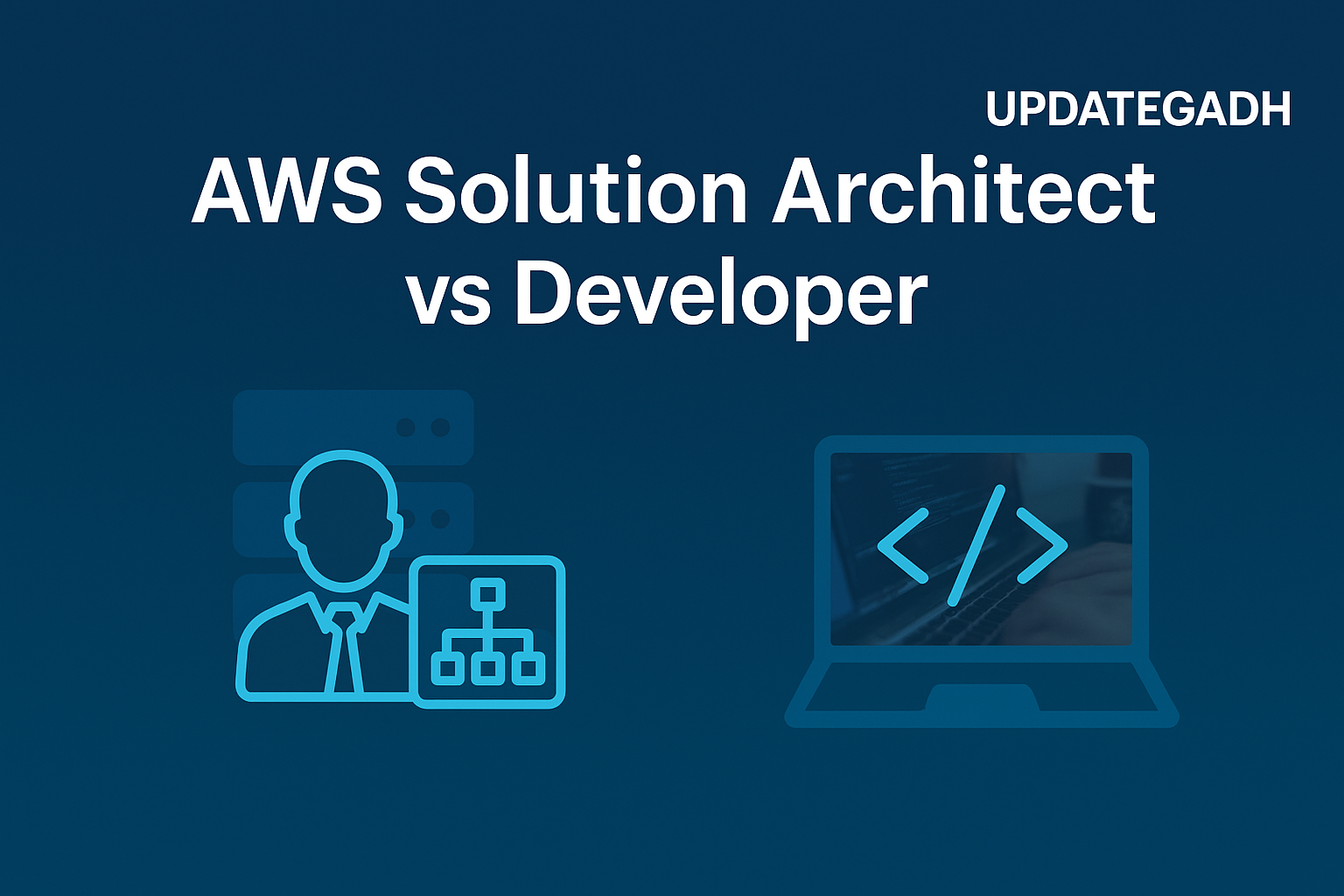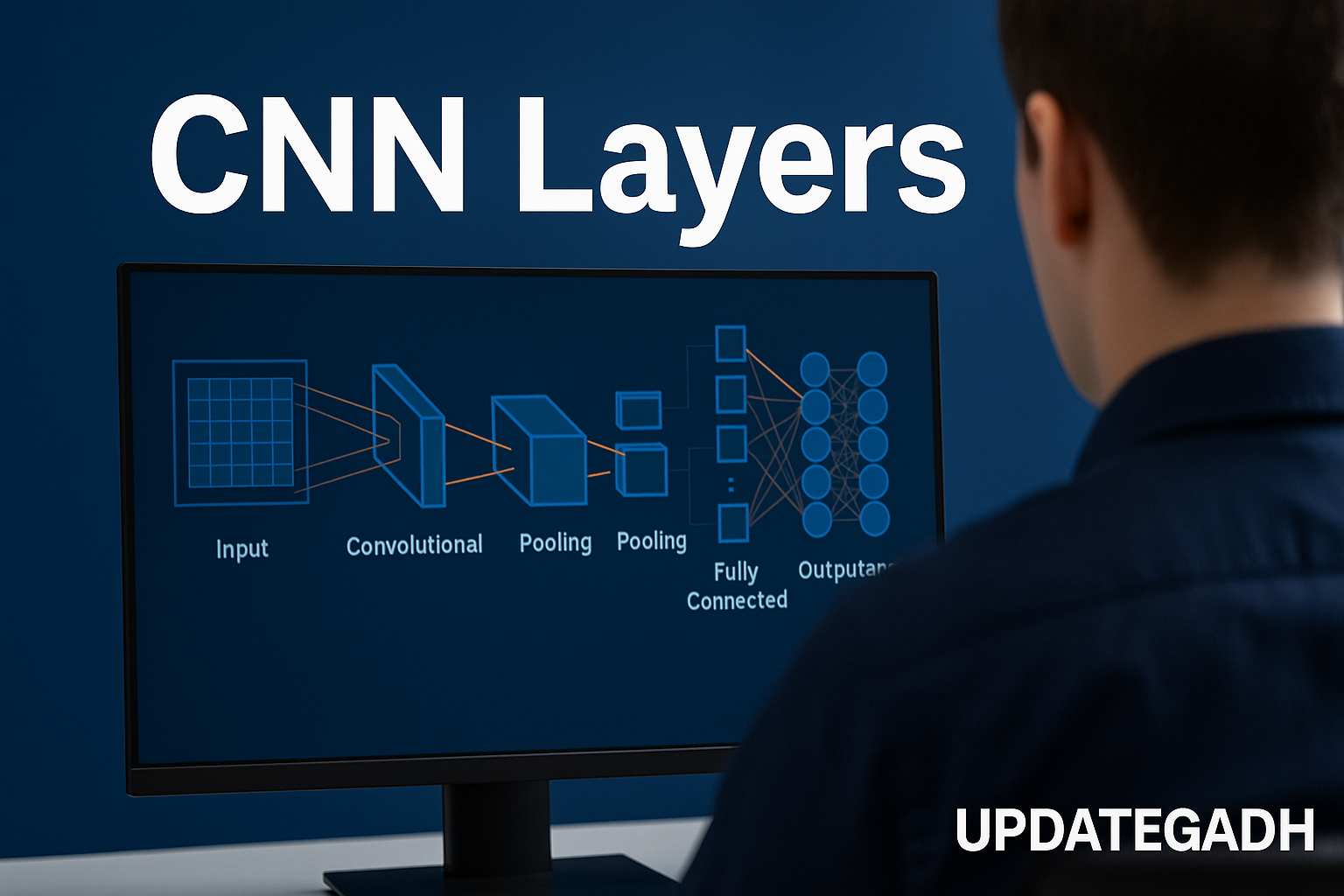
Bias in Data Collection
Bias in Data Collection
Introduction
In today’s data-driven world, information is the new currency. From marketing strategies to healthcare diagnostics and public policy decisions, organizations increasingly rely on data and AI. However, one pressing concern that continues to challenge this digital evolution is data bias. When data is skewed or incomplete, it leads to unfair, inaccurate, and often discriminatory outcomes. These biases mirror human prejudices—racial stereotypes, gender discrimination, and more—and since human behavior is a primary input in most datasets, these biases get embedded in machine learning models.
Complete Python Course with Advance topics:-Click Here
SQL Tutorial :-Click Here
Machine Learning Tutorial:-Click Here
What Is Data Bias?
Data bias refers to errors in data that result in the data not accurately representing the target population. It can lead to unjust outcomes, especially when used in sensitive areas like hiring, lending, law enforcement, or healthcare. Recognizing and mitigating this bias is essential for ethical and effective data use.
How Bias Manifests in Data
Bias can occur at any stage of the data lifecycle—from collection to analysis. Here are key types of bias:
1. Selection Bias
Occurs when certain groups are systematically underrepresented in the dataset. This can happen due to flawed sampling methods, demographic exclusions, or non-response.
2. Measurement Bias
Results from errors in the tools or methods used to collect data. This can include language differences, cultural misunderstandings, or inaccurate instruments.
3. Algorithmic Bias
This happens when machine learning models reproduce or even amplify existing societal biases. These often stem from biased training data or flawed design assumptions.
Bias in AI Systems
AI systems are particularly vulnerable to bias. This bias typically arises from:
Cognitive Biases
- Unconscious biases of developers: Personal beliefs or assumptions can unintentionally be coded into algorithms.
- Biased training data: If a dataset reflects societal prejudices, the AI system will learn and replicate those patterns.
Incomplete Data
When training data isn’t representative—say, based only on urban populations—it can’t generalize well, leading to biased conclusions.
Types of Data Bias
Let’s explore specific biases commonly found in real-world data:
- Response/Activity Bias: Common in user-generated content, where only a subset of people actively post or engage online.
- Societal Bias: Arises from prevailing cultural stereotypes, often reflected in media or public discourse.
- Omitted Variable Bias: Happens when critical influencing factors are excluded from analysis.
- Feedback Loop Bias: When a biased model influences future data collection, reinforcing the initial bias.
- System Drift Bias: Occurs when changes in the data generation process alter the system’s behavior over time.
Where Does Bias Sneak In?
1. During Data Collection
- Selection Bias: Skewed sampling
- Systematic Errors: Repetitive errors in collection methods
- Response Bias: Dishonest or inaccurate participant responses
2. During Preprocessing
- Handling Missing Values Poorly: Ignoring or averaging missing data can skew results
- Over-filtering: Can eliminate meaningful variation
3. During Analysis
- Confirmation Bias: Seeking data that supports preconceived notions
- Misleading Visuals: Using distorted graphs to influence interpretation
Mitigating Bias in AI and ML
While bias can’t always be eliminated, it can be reduced through conscious practices:
✅ Acknowledge Human Bias
Bias is not just a data flaw—it stems from human behavior. Understanding its roots helps in crafting better models.
✅ Evaluate Algorithms and Datasets
Assess whether your training data is inclusive and whether the model treats all groups fairly.
✅ Design a Debiasing Strategy
This includes:
- Organizational: Promote transparency and diversity in teams
- Operational: Standardize ethical data collection processes
- Technical: Use bias detection tools and fair model evaluation metrics
✅ Improve Data Collection
Diverse data sources and careful sampling improve the fairness of data.
✅ Enhance Model Building
Regularly audit model performance across subgroups to detect hidden biases.
✅ Embrace Multidisciplinary Teams
Involve ethicists, sociologists, and domain experts to bring in diverse perspectives during model development.
✅ Leverage Bias Detection Tools
Use tools like:
- AI Fairness 360 (IBM)
- Watson OpenScale
- Google’s What-If Tool
These can help evaluate and mitigate algorithmic bias effectively.
Real-World Examples of Data Bias
- Amazon’s Recruitment Tool: Scrapped in 2018 for discriminating against female candidates based on historical hiring data.
- SEPTA Security System: Reinforced racial profiling due to biased crime data influencing AI predictions.
These cases highlight how unchecked bias can harm real lives and erode trust in technology.
Sources of Bias in Collection
- Historical and Social Biases: Legacy systems reflect past discrimination.
- Tools and Methods: Leading questions or language barriers can distort results.
- Human Judgment: Interpretation errors and cognitive biases also play a role.
Best Practices for Bias-Free Data Collection
- Ensure Diversity: Broaden demographics and include underrepresented groups in samples.
- Be Transparent: Share your methodology and be open to critique.
- Detect and Correct: Use statistical methods to uncover and adjust for biases.
Download New Real Time Projects :-Click here
Complete Advance AI topics:- CLICK HERE
Final Thoughts
Bias in data collection is a fundamental threat to the fairness and accuracy of AI and data-driven decision-making. At Updategadh, we believe that combating this issue requires a mix of awareness, technical solutions, and ethical responsibility. By proactively identifying and addressing bias, organizations can build systems that are not only intelligent but also just.
types of bias in data collection
bias in data collection ppt
bias in data collection example
bias in data collection pdf
bias in data analysis
examples of data bias in ai
selection bias
data bias in machine learning










Post Comment